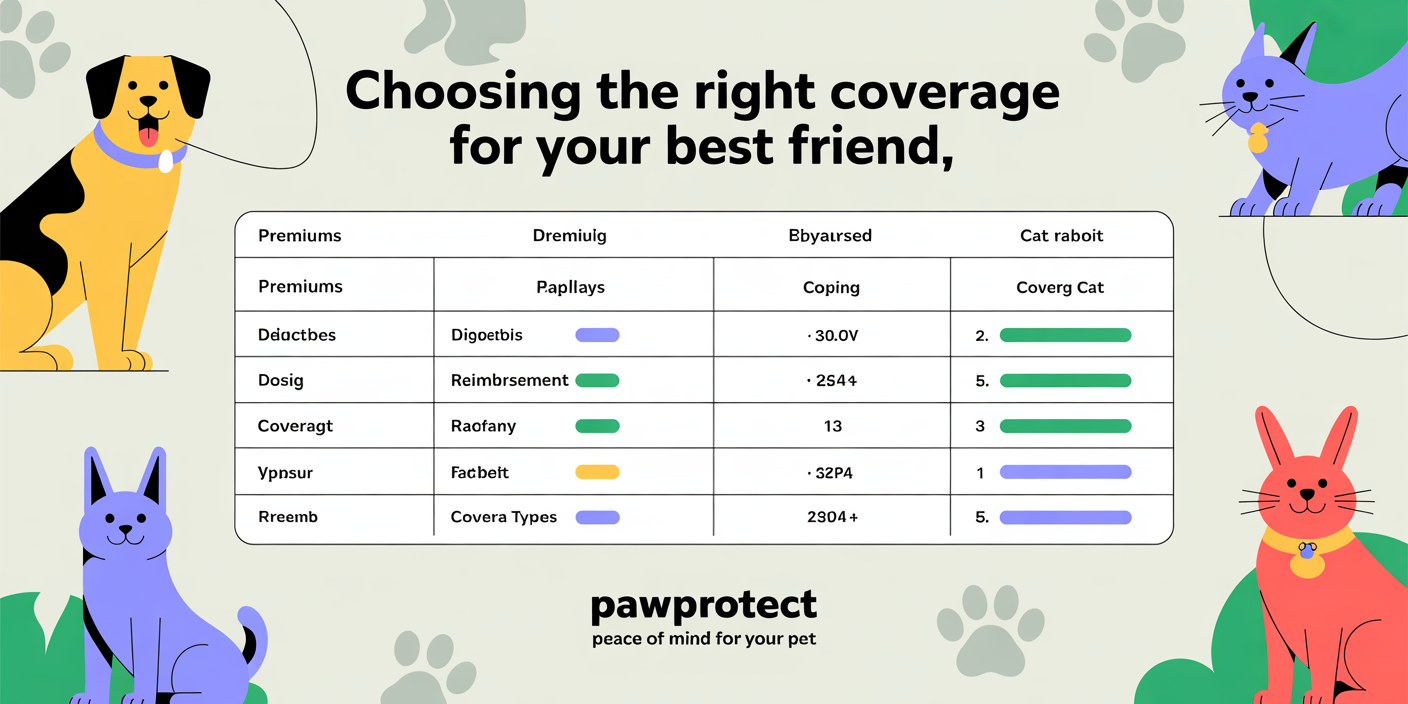Car Insurance Hacks: How Americans Can Save Money Today
Anúncios
In the United States, car insurance is not just a legal requirement but a critical financial protection for millions of drivers. However, this necessity often comes with a hefty price tag. According to the National Association of Insurance Commissioners (NAIC), the average annual car insurance premium in the U.S. was $1,674 in 2022, but prices vary widely depending on location, driving history, and coverage choices. Given the financial strain many Americans face, discovering effective ways to reduce car insurance costs without sacrificing necessary coverage can make a significant difference. This article dives into practical, data-backed strategies that Americans can use today to lower their premiums and save money.
Understanding How Car Insurance Premiums Are Determined
Car insurance premiums can feel like a mystery to many, but understanding the factors at play is a crucial first step in reducing costs. Insurers assess risk based on various elements such as your driving record, age, vehicle type, location, credit score, and even your occupation. For example, young drivers—especially males under 25—typically pay significantly higher premiums due to statistically higher accident rates. Conversely, drivers with clean records often enjoy discounts reflecting their reduced risk.
Anúncios

Location also plays a substantial role. Drivers in states like Michigan or Louisiana may pay over $2,000 annually due to higher theft rates, accident claims, or state-specific insurance regulations, while those in Maine or Idaho pay closer to $900. Familiarity with these determinants allows drivers to adjust their behaviors and profiles to present a lower risk to insurers, leading to cheaper premiums.
Bundle Multiple Insurance Policies to Maximize Savings
Anúncios
One of the simplest and most effective strategies to lower car insurance costs is bundling policies. Insurance companies commonly offer discounts when you purchase multiple types of insurance from them, such as home, renters, and auto insurance. According to a 2023 report from J.D. Power, bundling can save drivers an average of 15% on auto insurance premiums annually.

Consider Sarah from Texas, who saved over $500 per year by switching from three separate insurers to a single company offering a bundle discount. Apart from the direct savings, managing policies with one insurer also makes renewing and updating coverage more streamlined. While bundling is a great tactic, it’s essential to compare bundled rates from different insurers to ensure you’re receiving the best deal possible rather than assuming your current company’s bundled rate is optimal.
| Insurance Provider | Savings on Bundled Policies | Average Annual Auto Premium | Average Annual Premium After Bundling |
|---|---|---|---|
| State Farm | 12% | $1,600 | $1,408 |
| GEICO | 15% | $1,550 | $1,318 |
| Allstate | 10% | $1,700 | $1,530 |
| Progressive | 13% | $1,630 | $1,419 |
Opt for Usage-Based Insurance Programs
Technological advancements now allow drivers to pay premiums aligned more closely with their actual driving habits rather than generalized risk categories. Usage-Based Insurance (UBI) plans, often called pay-as-you-drive or pay-how-you-drive, use telematics devices or smartphone apps to monitor driving behavior—tracking speed, acceleration, braking, and distance driven. Drivers demonstrating safe behaviors and lower mileage can unlock significant discounts.

For example, a 2023 study by NerdWallet found that around 70% of drivers who enrolled in UBI programs saved, on average, 20% on their premiums. John, a remote worker in Colorado, switched to a UBI plan and cut his annual premium by nearly $300 after the insurer reviewed his safe driving patterns over six months.
While UBI is beneficial for low-mileage or cautious drivers, it’s essential to read terms carefully. Some drivers may find that aggressive driving or long distances could increase premiums. Always ensure you feel comfortable with monitoring requirements and data-sharing policies before enrolling.
Increase Your Deductible Wisely to Lower Premiums
Increasing your deductible—the amount you pay out of pocket before insurance coverage kicks in—is a classic way to reduce monthly premiums. Insurance companies often reward customers who select higher deductibles with lower premiums because the insured assumes more risk upfront, reducing the insurer’s financial liability for small claims.
Data from the Insurance Information Institute shows that increasing your deductible from $250 to $1,000 can lower your premium by 15% to 30%. For instance, Maria from Florida decided to increase her deductible to $1,000 after three years of clean driving. She reduced her yearly premium by nearly $450. However, it’s vital to have sufficient emergency savings to cover these higher deductibles in case an accident occurs.
When deciding on a deductible, balance potential savings with your financial capacity to absorb unexpected expenses. If you have fewer resources for out-of-pocket expenses, a lower deductible might be more practical despite higher premiums.
Maintain a Good Credit Score to Improve Insurance Rates
Though insurance laws vary by state, credit scores significantly influence car insurance costs nationwide. Insurance companies argue that credit history is a strong indicator of personal responsibility, which correlates with claim likelihood. According to a 2022 report from Experian, drivers with excellent credit scores typically save up to 20% on their auto premiums compared to those with poor credit.
For instance, consider two drivers with similar demographics: Emily has an excellent credit score of 780, whereas Tom’s credit score is 580. Even with similar driving records and cars, Emily’s insurance premiums may be hundreds of dollars lower per year. Improving credit involves steps like paying bills on time, reducing debt-to-credit ratios, and disputing inaccuracies on credit reports.
Some states, like California and Massachusetts, prohibit insurers from using credit scores to set premiums. Check your local regulations so you understand how your credit influences your rates and take action accordingly to improve your financial profile.
Explore Discounts Beyond the Obvious
Most drivers are familiar with basic car insurance discounts, such as good student discounts or multi-car discounts, but many other savings opportunities are often overlooked. For example, early payment discounts reward policyholders who pay their annual premiums upfront rather than monthly installments. Some insurers offer discounts for having safety features like anti-lock brakes, automatic seatbelts, or tracking devices installed in your vehicle.
Membership in certain professional organizations, alumni associations, or even some employers can open the door to group discount programs. Consider Alex, who discovered that his membership in a national alumni association qualified him for a 10% discount on his insurance premium at a major insurer. His savings exceeded $200 annually.
Don’t forget about discounts for low annual mileage, especially for retirees or people who carpool or frequently use public transit. When requesting quotes, ask explicitly about all possible discounts, as not all insurers advertise them clearly.
Future Perspectives: The Changing Landscape of Auto Insurance
The future of car insurance is evolving rapidly with technology, shifting regulations, and changing consumer behavior. The rise of autonomous and connected vehicles promises to transform risk assessment radically. As cars incorporate more advanced safety and driver-assistance systems, accident rates are expected to decline significantly, which could lower insurance costs over time.
Additionally, artificial intelligence and big data analytics are allowing insurance providers to fine-tune premium calculations further, personalizing policies and rewards. Blockchain technology may soon facilitate transparent and fraud-resistant claims processing. Meanwhile, legislative trends push for fairer pricing structures and increased protection for consumers sensitive to credit-based pricing or excessive fees.
For American drivers today, staying informed on these changes and adopting adaptable insurance strategies will remain essential for maximizing savings. Using hacks like bundling, telematics, and credit management now sets a strong foundation to benefit from future innovations in the insurance space. As the marketplace grows more competitive, consumers who proactively manage their risk profiles and explore new products stand to save significant money.
Car insurance remains a necessity for American drivers, but the cost does not have to be overwhelming. Through understanding pricing drivers, bundling policies, leveraging technology, adjusting deductibles wisely, managing credit, and seeking out all applicable discounts, it’s possible to reduce premiums by hundreds of dollars annually. With data-driven decisions and a strategic approach, any driver can unlock meaningful car insurance savings starting today.



Post Comment